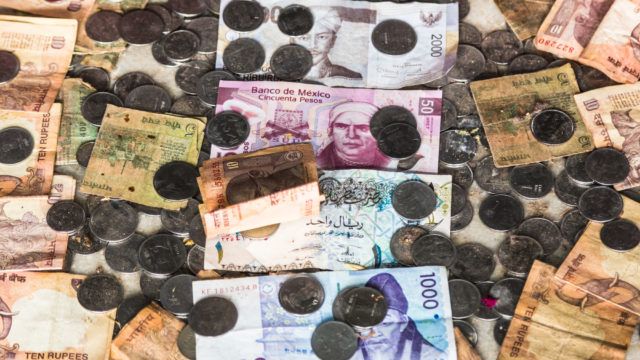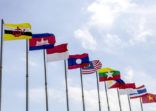Assets most linked to US interest rates have done best (US and emerging market investment grade corporate bonds), and assets linked to US growth or emerging markets interest rates have been the next best performers (US high yield and emerging market local debt), Mike Biggs, macro strategist and investment manager at Gam Investments told a media webinar last week.
“However, the biggest laggards are assets linked to emerging market growth, notably emerging market high yield and foreign exchange,” he said.
Crucially, although China GDP collapsed in the first quarter of this year, it bounced back sharply in the second quarter. Industrials recovered first, with services following, and the latest purchasing managers’ index indicates that the upward trend continued in the third quarter.
“The rebound in lending should also support the recovery in quarter four, and GDP growth should return to its late 2019 path,” said Biggs.
Indeed, the outlook across much of the emerging market universe is encouraging, he argued.
For instance, many emerging market countries are enjoying healthier current accounts, because of smaller (although still substantial) fiscal stimulus than in developed market countries, where domestic demand has recovered more sharply as result; meanwhile, emerging market production has picked up quicker to meet that rising demand in the US and Europe.
“Across emerging markets, imports are being crushed faster than exports, and these levels of external balance surpluses have historically provided a buying opportunity, especially as the trade and incomes balances could push their current accounts into large surpluses,” said Biggs.

He highlighted Indonesia, India and Mexico for their positive balance of payments outlook, and pointed to the improving domestic growth trends in Brazil and South Africa.
Countries on his blacklist include Turkey and Romania due to their current account deficits, and Argentina, which “has particular challenges”, as it undergoes its most recent debt restructuring process.
Nevertheless, emerging market currencies, in general, are cheap both historically and based on trade-based valuations (such as purchasing power parity), and they should strengthen anyway as the flipside of US dollar weakness, which should continue as long as US interest rates remain low, according to Biggs.
Finally, yield curves in many emerging market countries are steep (that is, long-dated yields are much higher than short-dated yields) despite sustainable fiscal outlooks (bond issuance to fund budget deficits should be comfortably absorbed) and little inflationary pressure.
“Long duration government bonds in these countries offer good opportunities,” said Biggs.
A beneficiary of Biggs’s thesis, if it pans out, should be the $4.81bn GAM Mulitibond – Local Emerging Bond Fund, which has been managed by London-based Paul MacNamara for the past two decades, and was made available to Singapore investors in July 2019.
The fund has posted a 4.93% three-year cumulative return (in US dollars) with an annualised volatility of 11.85%, compared with 8.70% for its benchmark JP Morgan GBI-EM Global Diversified Composite Unhedged index (with 11.18% volatility) and an average 6.88% return by emerging market fixed interest funds available to Singapore investors (with 9.40% volatility), according to FE Fundinfo.
The most recent fund factsheet (30 September 2020) shows 12.9% exposure to Indonesian rupiah, 12.3% to Mexican peso, 11.7% to Polish zloty, 9.8% to Thai baht, 9.2% to Brazilian real, 8.6% to South African rand and 7.9% exposure to Russian ruble.
GAM Multibond – Local Emerging Bond Fund vs JPM GBI EM Global Diversified Composite index and EM fixed interest sector average


















